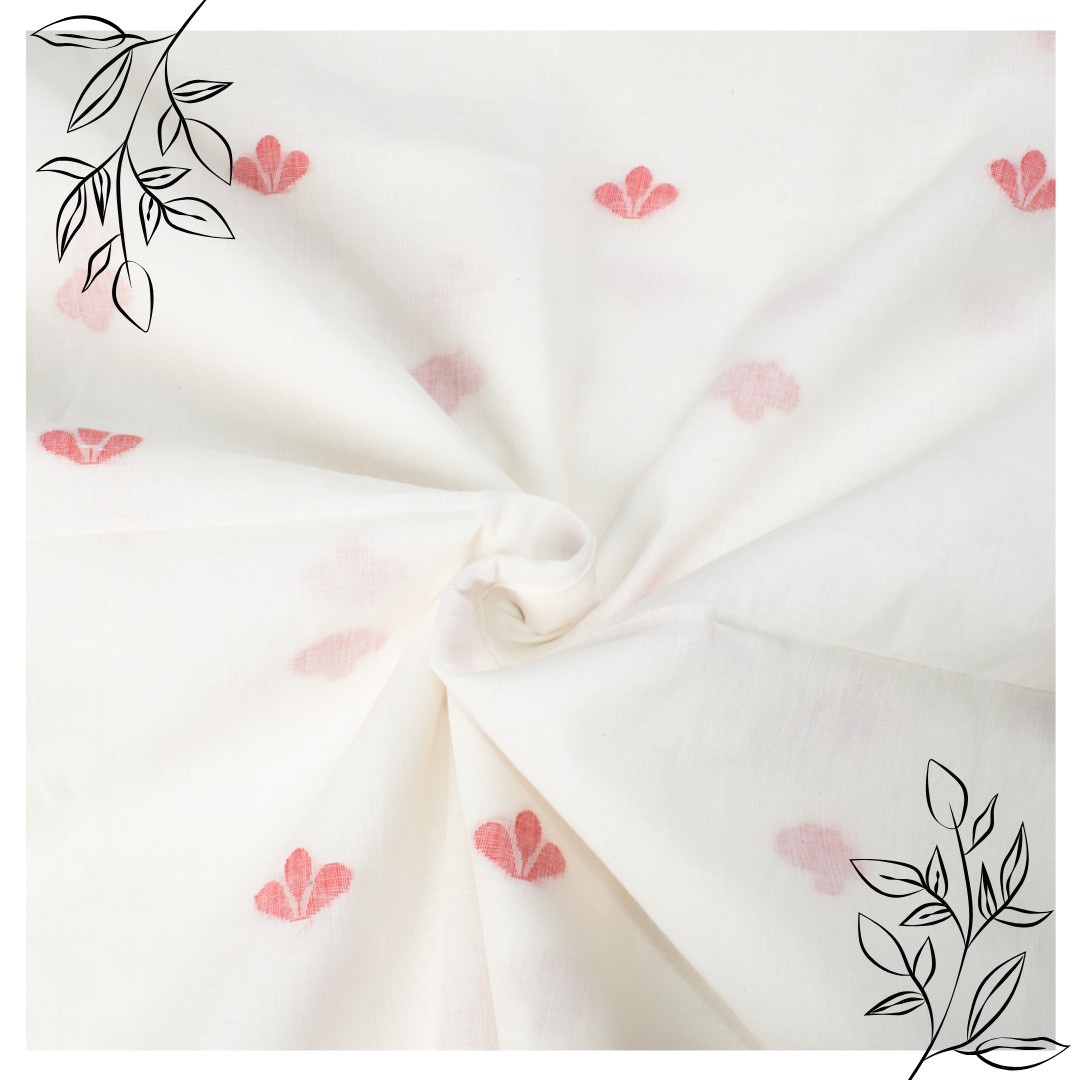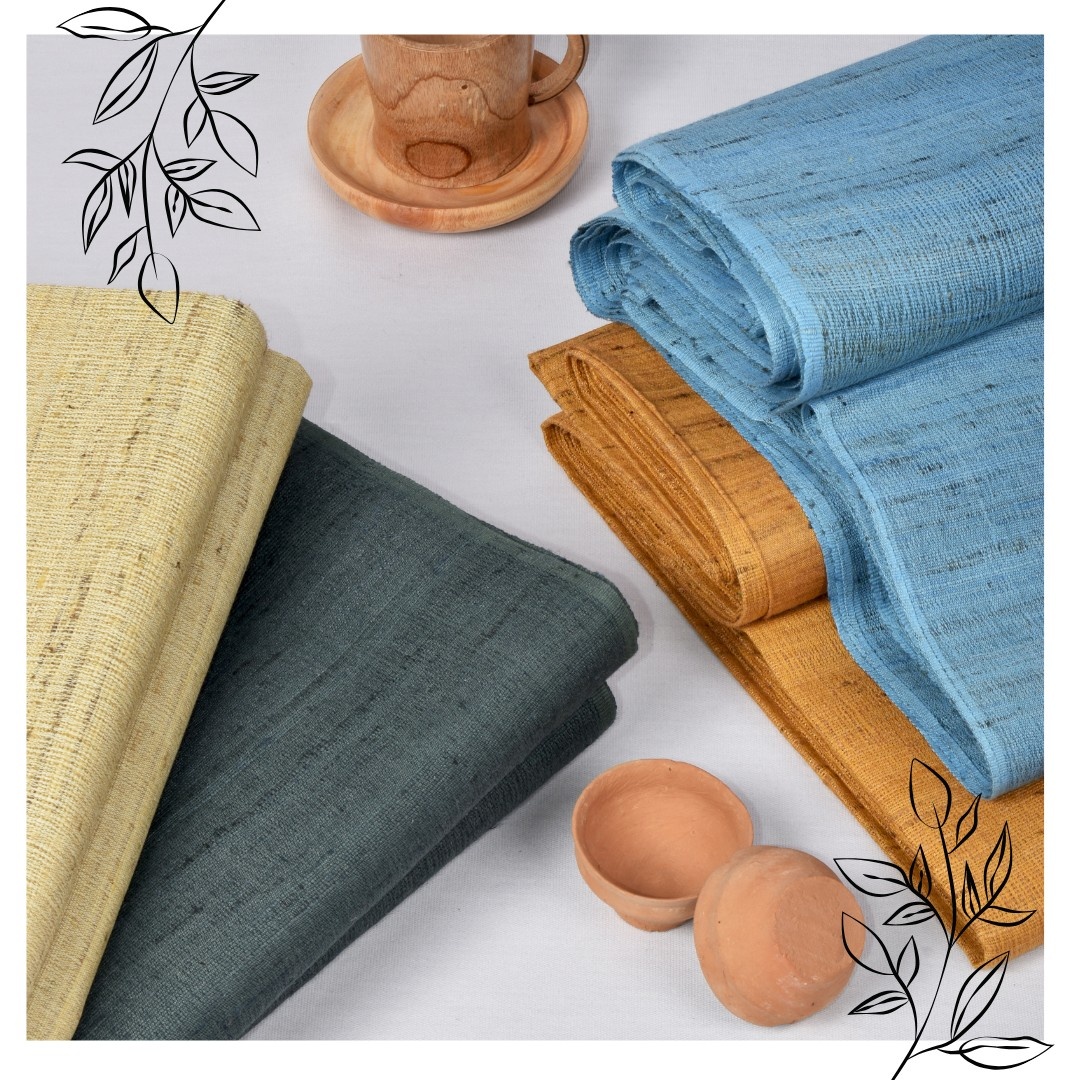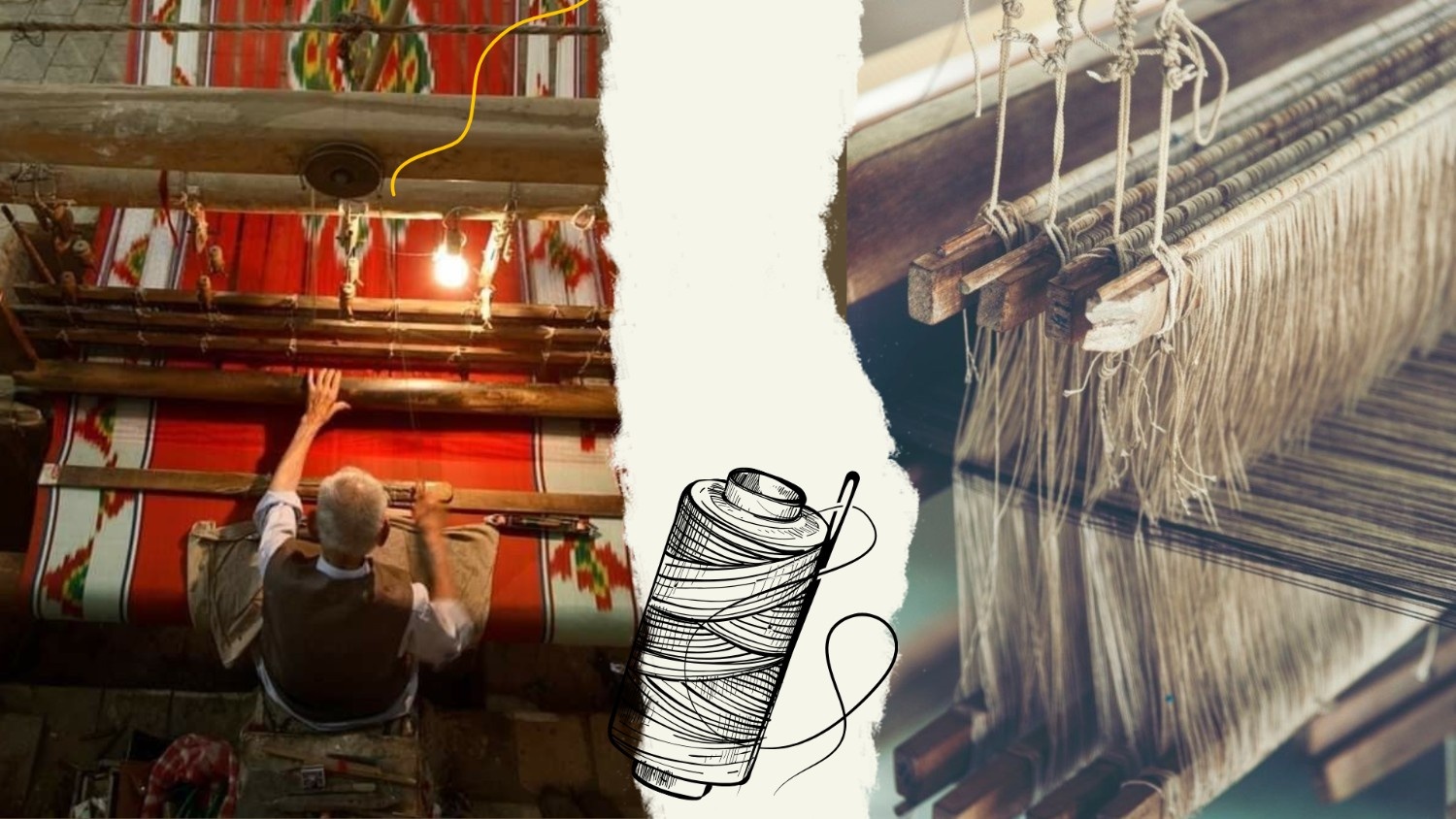
Why Slow Weaving Process Matters: Preserving Century-Old Textile Techniques

In a world driven by speed and instant gratification, the gentle rhythm of a Handloom- Slow Weaving Process seems almost anachronistic. Yet, within the quiet clatter of the shuttle, lies a profound story – a story woven with threads of heritage, sustainable fashion, and human connection. Today, we delve into the heart of slow weaving, exploring why this centuries-old textile techniques matters more than ever.
In an era where mass production dominates the textile industry, slow weaving stands as a beacon of craftsmanship, sustainability, and cultural preservation.
At Anuprerna, we are dedicated to upholding the centuries-old handweaving traditions of Bengal, ensuring that artistry, ethical labor, and environmental consciousness remain at the heart of every fabric we produce.
What is Slow Weaving Process?
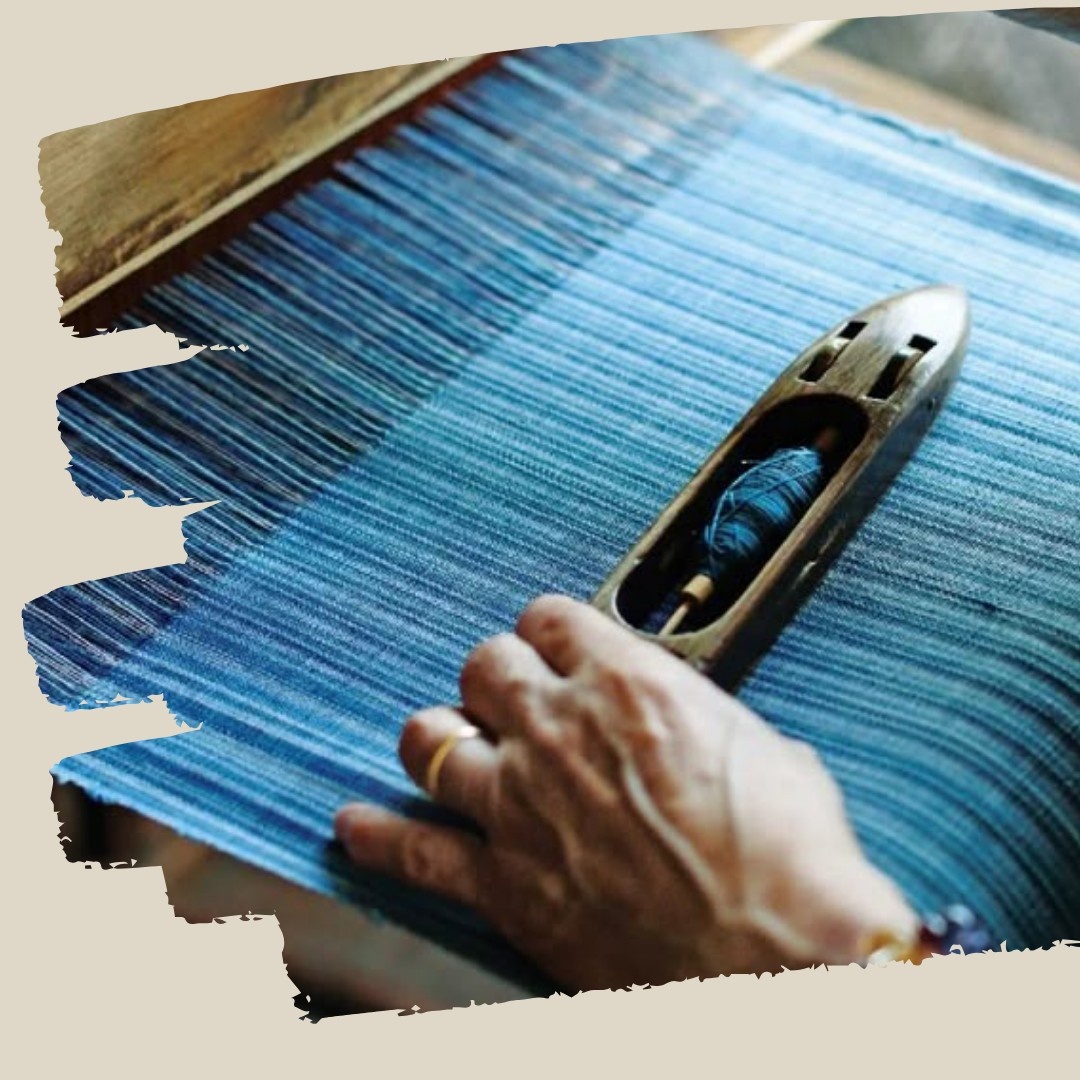
Slow weaving process is the opposite of mechanized textile production—it is an artisan-led, time-honored process where fabrics are meticulously woven on handlooms, one thread at a time.
This method prioritizes quality over quantity, creating textiles that are not just fabrics, but pieces of history, culture, and dedication.
Unlike industrial weaving, where machines churn out identical patterns at rapid speeds, slow weaving embraces imperfections, individuality, and the soulful touch of human hands. Each textile carries the identity of the weaver, a skill honed over generations.
The Importance of Preserving Slow Weaving Process
Slow weaving is not simply about producing textiles; it’s about preserving a legacy. At Anuprerna, we see slow weaving process as more than just a technique—it is a living heritage that must be preserved for future generations.
1. Protecting a Rich Cultural Legacy:
Many slow weaving techniques are deeply rooted in regional traditions, carrying the stories, symbols, and skills of indigenous communities.
By supporting these practices, we help preserve cultural identities that might otherwise be lost to the homogenizing forces of mass production. For centuries, Bengal has been home to some of the world’s most intricate handwoven textiles—from the delicate muslin of Dhaka to the geometric mastery of Jamdani weaving.
Through our support of over 300+ skilled artisans in rural Bengal, Anuprerna is keeping these legacy techniques alive, passing them down from master weavers to the next generation.
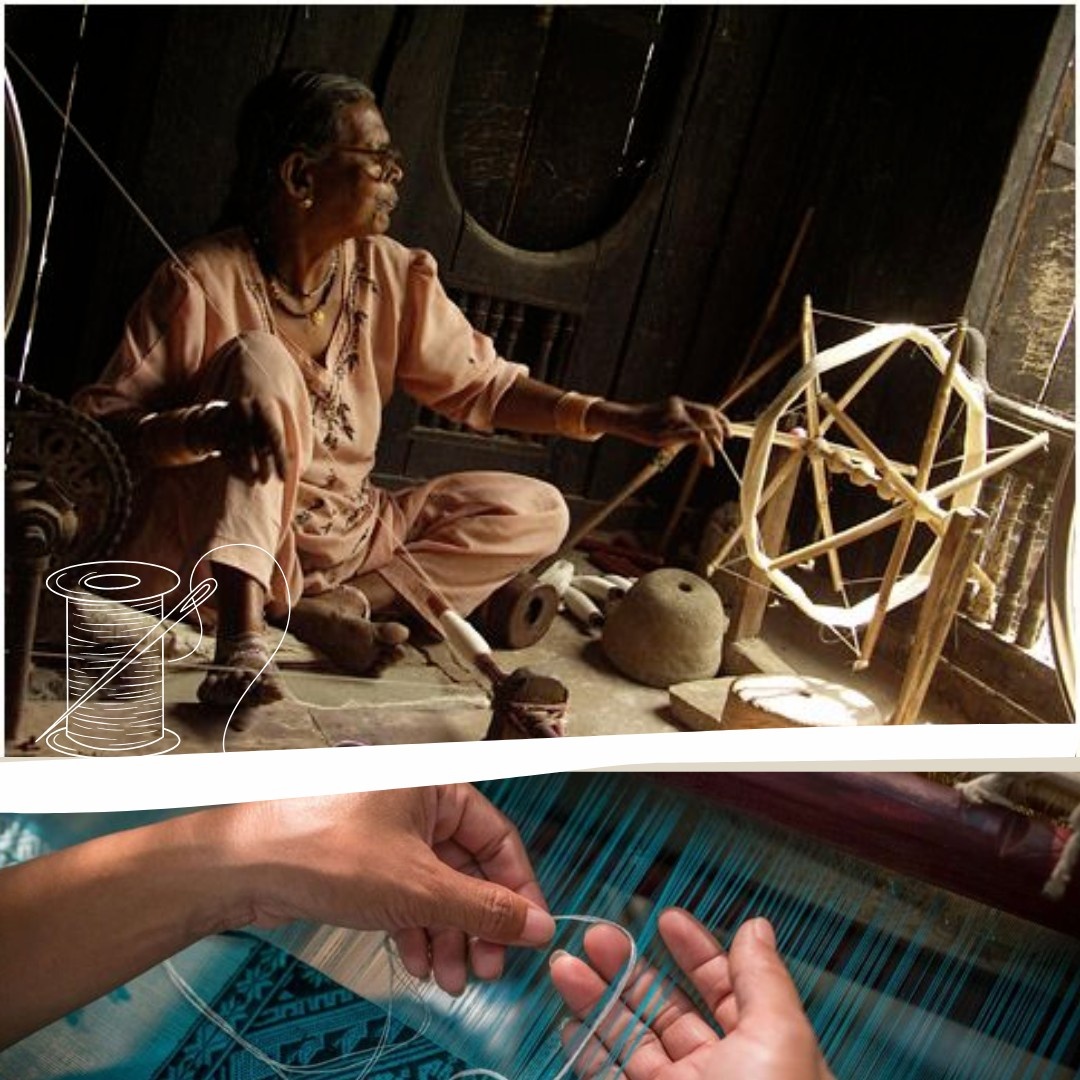
2. Sustainability at Its Core- Sustainable fashion
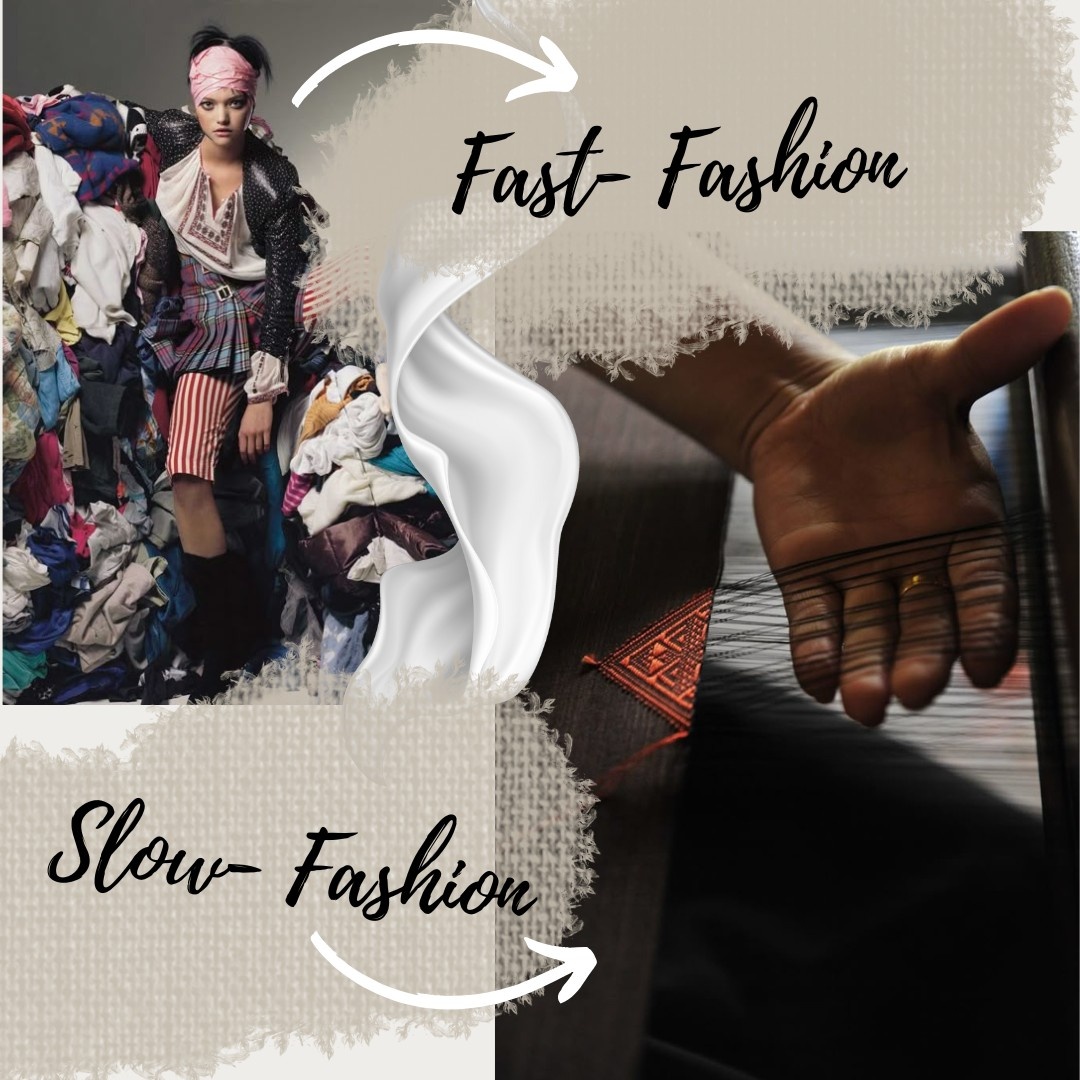
Unlike the energy-intensive processes of industrial textile manufacturing, slow weaving process relies on human power and often uses natural, locally sourced materials.
Fast fashion and mass textile production have led to alarming levels of waste, pollution, and exploitation. Slow weaving, by contrast, is inherently sustainable:
- Uses handwoven, natural fibers like Khadi, Linen, Tussar Silk, and Eri (Peace Silk), which are biodegradable and eco-friendly, thus promoting Sustainable Fashion.
- Consumes minimal energy, relying on handlooms rather than electricity-heavy industrial machines.
- Encourages low-impact dyeing techniques, such as vegetable dyeing, Batik, and Shibori, avoiding toxic chemicals that pollute waterways. This reduces carbon footprints, minimizes waste, and supports sustainable livelihoods.
3. Empowering Artisan Communities
Each handwoven piece carries the unique imprint of the weaver's skill and dedication. It's a tangible connection to the human hands that brought it to life, a stark contrast to the anonymity of mass-produced goods.
Slow weaving process is more than a process—it is a livelihood for thousands of weavers across India.
By investing in handcrafted textiles, we help:
- Provide fair wages and stable income to skilled artisans.
- Prevent the loss of traditional knowledge, ensuring that younger generations see value in their craft.
- Support home-based weaving clusters, fostering independence and financial security within rural communities.
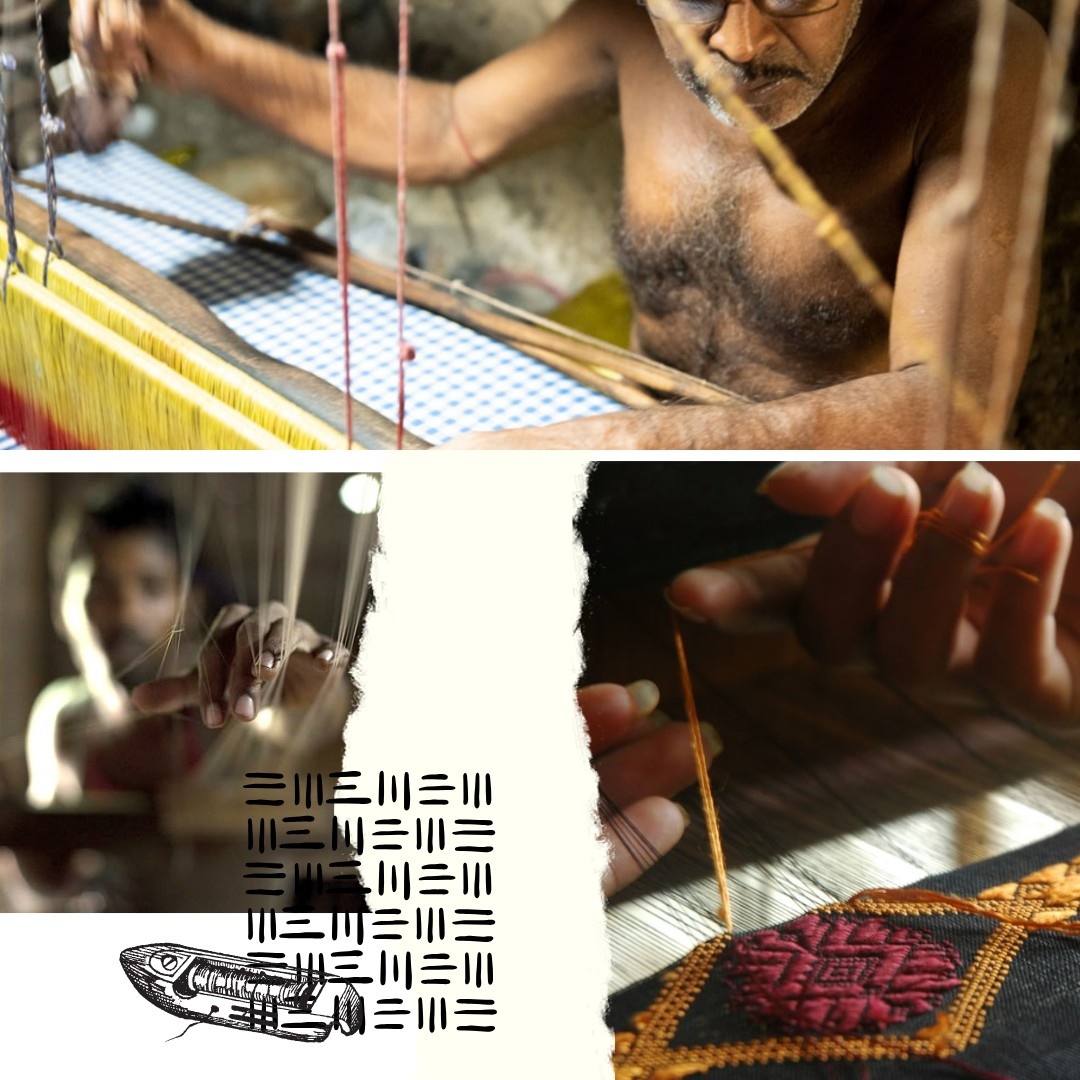
4. Unparalleled Fabric Quality & Aesthetic Appeal
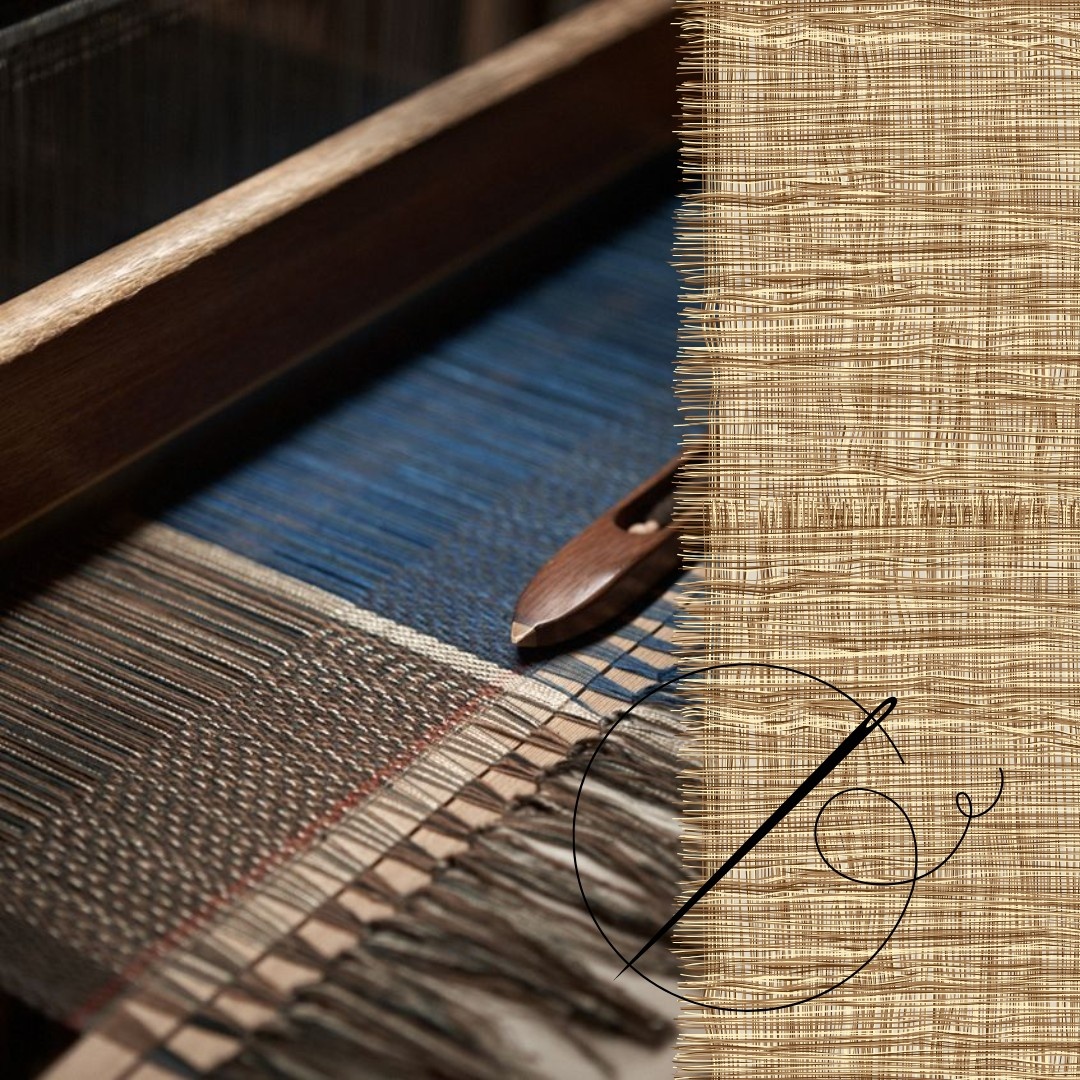
Handwoven fabrics possess an irreplaceable texture, character, and durability that machine-made textiles can never replicate:
- Richer textures & unique irregularities add charm and depth to every piece.
- Superior durability—handwoven fabrics last longer due to their natural strength and meticulous craftsmanship.
- Exclusive designs—each fabric is one-of-a-kind, making it a prized choice for designers, ethical brands, and conscious consumers.
The Threat of Extinction: Why We Must Act Now
Despite its inherent value, slow weaving faces numerous challenges. The rise of fast fashion, the allure of cheap synthetic fabrics, and the dwindling number of skilled artisans threaten to erase these invaluable traditions.
- Younger generations are often drawn to more lucrative and readily available opportunities, leaving the craft to age with its practitioners.
- The pressure to compete with mass-produced textiles forces artisans to compromise on quality and price, undermining the true value of their work.
How You Can Support Slow Weaving:
Whether you are a designer, brand, or conscious consumer, you can contribute to the preservation of slow weaving by:
- Choosing handwoven over mass-produced fabrics.
- Supporting brands that work directly with artisans, ensuring ethical production.
- Educating others on the beauty and importance of slow textiles.
- Investing in timeless, high-quality pieces instead of fast fashion.
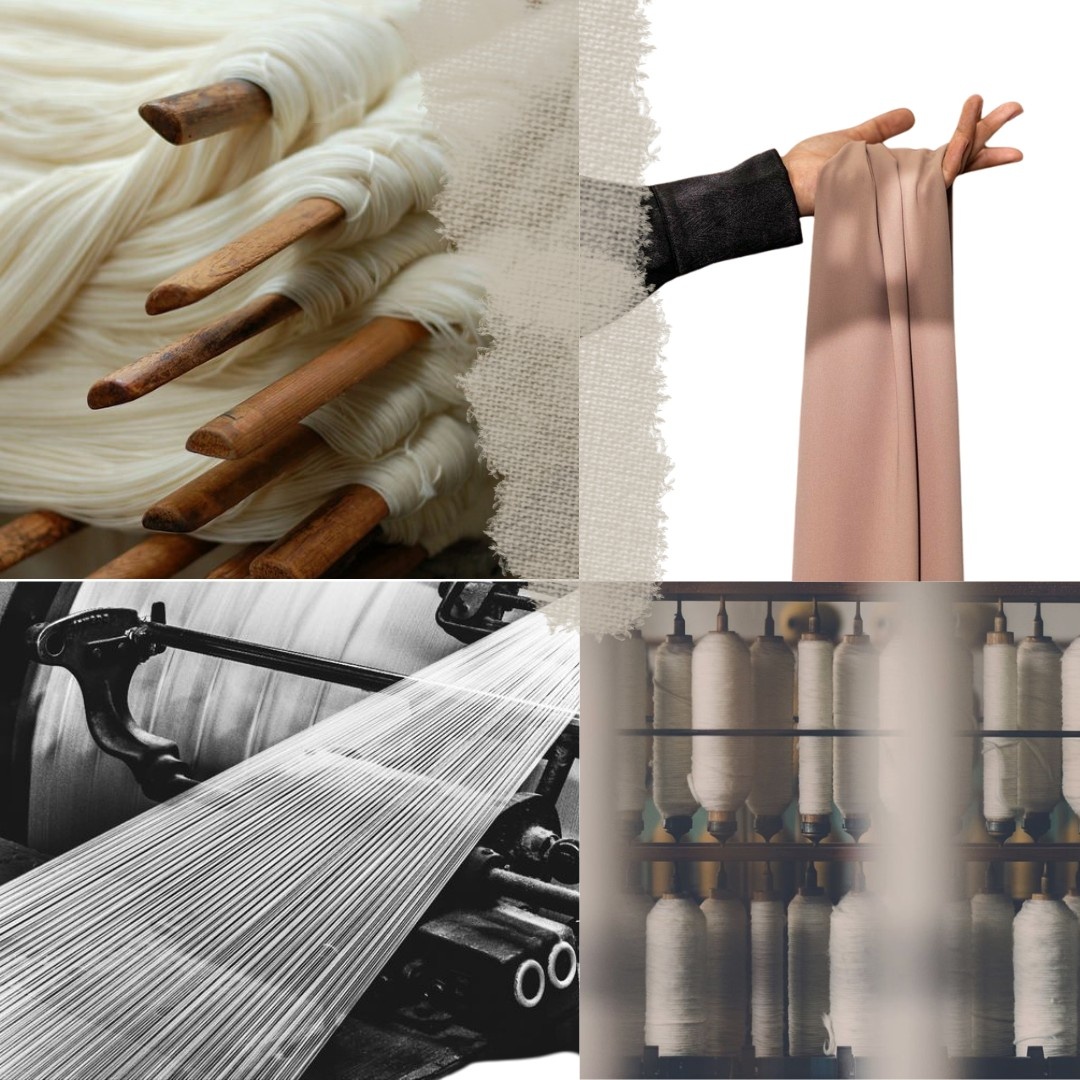
Anuprerna’s Commitment to Slow Weaving Process
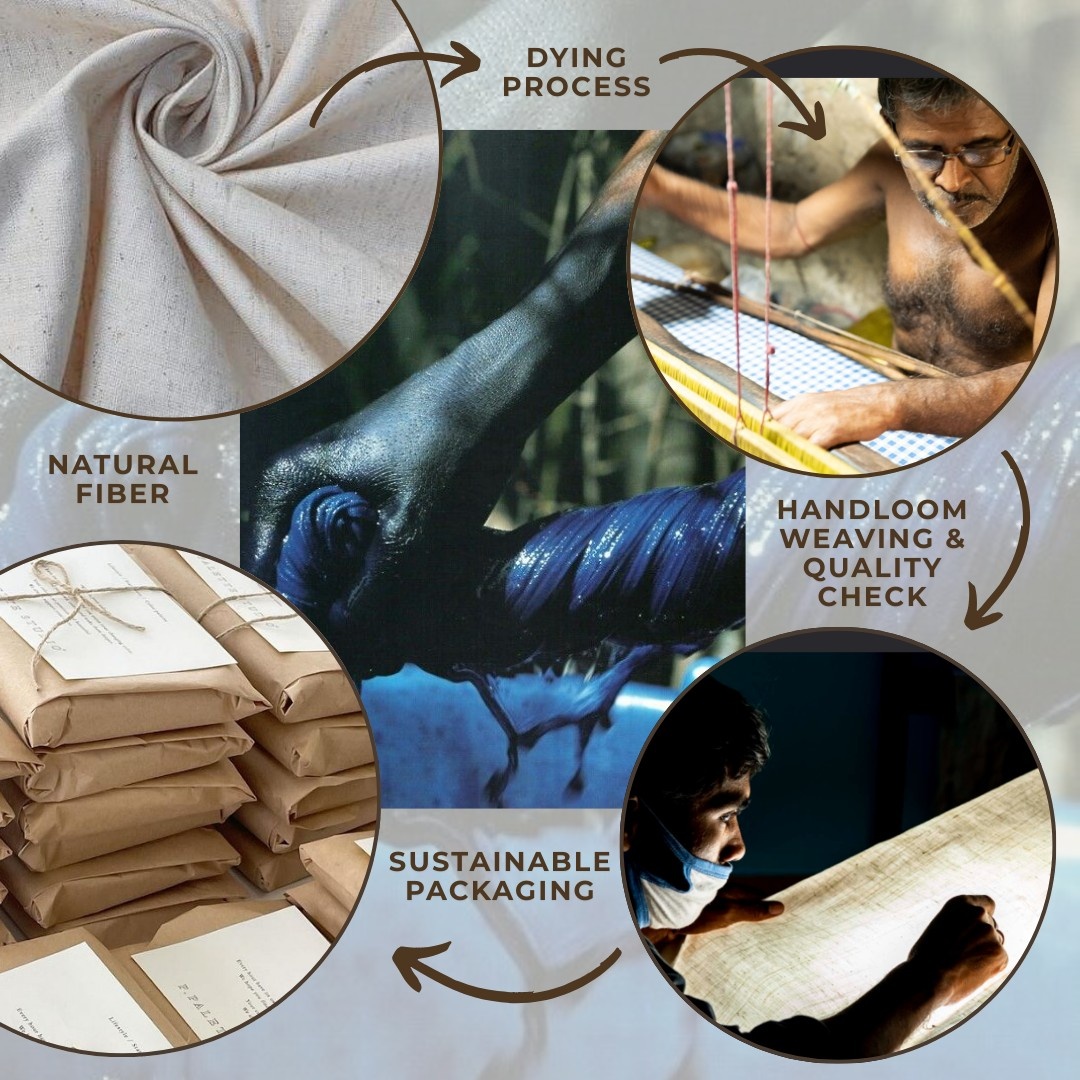
At Anuprerna, we work closely with artisans to ensure that our textiles remain true to their heritage while catering to modern aesthetics. Our collections feature:
- Jamdani Weaving – A UNESCO-recognized craft, showcasing intricate motifs handwoven into the fabric.
- Handspun Khadi & Linen – Symbolizing India’s independence and self-reliance, woven with natural breathability and texture.
- Handwoven Silks (Tussar, Mulberry, and Eri) – Luxuriously soft, ethically sourced, and dyed using sustainable techniques.
By bridging tradition with innovation, we ensure that these time-honored weaving methods do not fade into obscurity but instead find relevance in contemporary fashion and design.
Summary
Slow weaving process is not just a process—it is a philosophy, a commitment to craftsmanship, sustainability, and cultural heritage.
By embracing handwoven textiles, we not only wear beautiful fabrics but also carry forward the legacy of artisans who have spent generations perfecting their craft.
At Anuprerna, we take pride in preserving this rich tradition, ensuring that every fabric we produce tells a story of patience, skill, and ethical craftsmanship.
Explore our handwoven collections and be a part of the slow weaving movement.
related questions
What is the difference between slow weaving and mass-produced fabrics?
arrow_drop_downSlow weaving is a handloom-based process where artisans carefully craft each fabric over time, ensuring unique textures and high durability. Mass-produced fabrics are made using power looms and machinery, often prioritizing speed over quality, resulting in uniform but less intricate weaves.
Is slow weaving more sustainable than fast fashion?
arrow_drop_downAbsolutely. Slow weaving is an energy-efficient, waste-reducing, and eco-friendly practice, using natural fibers and dyes that do not harm the environment. Unlike fast fashion, it promotes longevity, reducing the need for constant replacements.
Why does handwoven fabric cost more than machine-made fabric?
arrow_drop_downHandwoven fabrics take significantly longer to produce and require skilled artisanship. Each piece is unique and made with care, ensuring higher quality, sustainability, and fair wages for artisans, which justifies the pricing.
How can I identify a handwoven fabric?
arrow_drop_downLook for slight irregularities in the weave, a hallmark of handwoven textiles. Unlike machine-made fabrics, which are completely uniform, handwoven fabrics have a natural texture and character that make them unique.
More Blogs

understanding mulberry silk quality: what designers often miss and why it matters
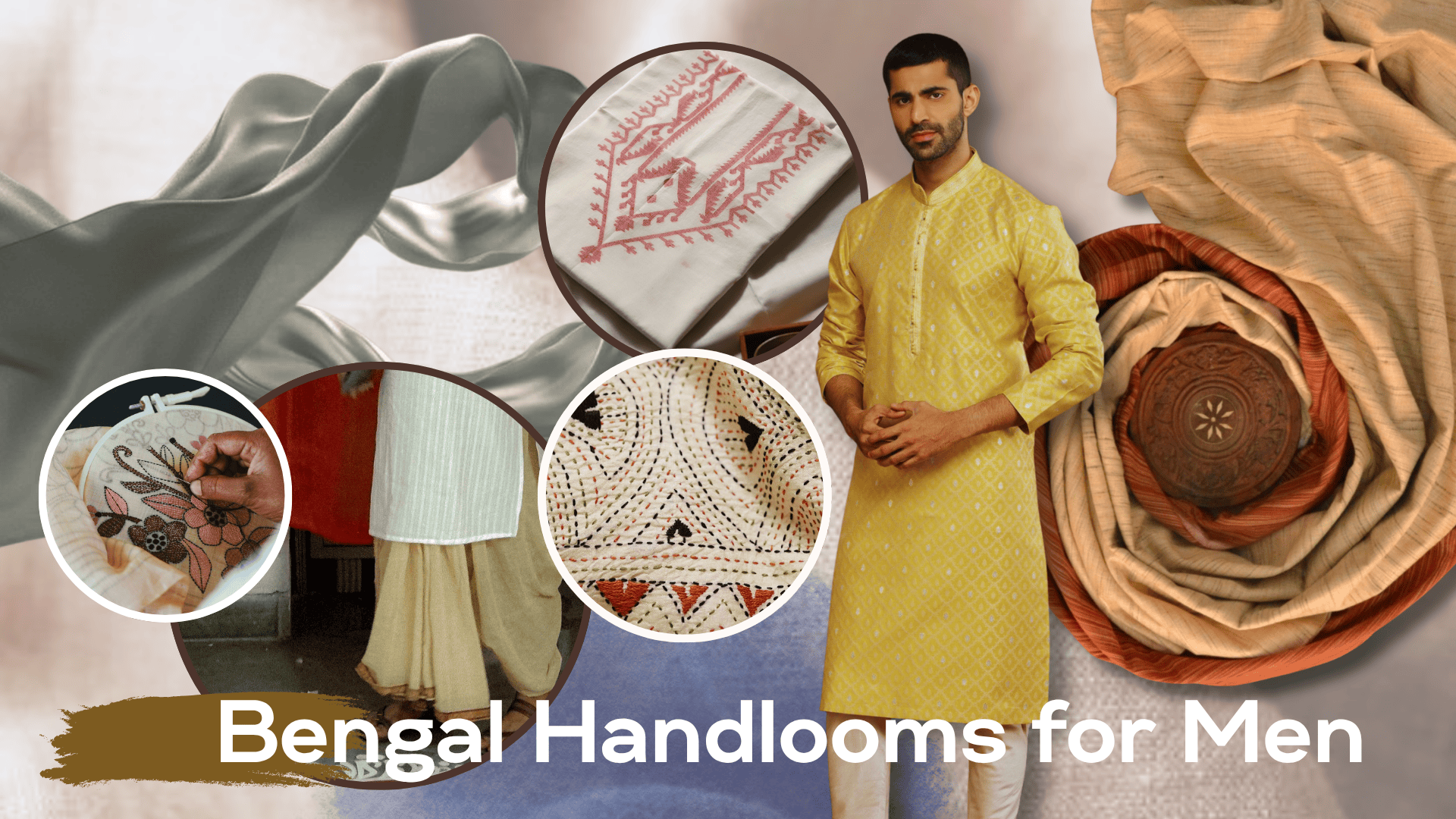
bengal looms for men: beyond the kurta
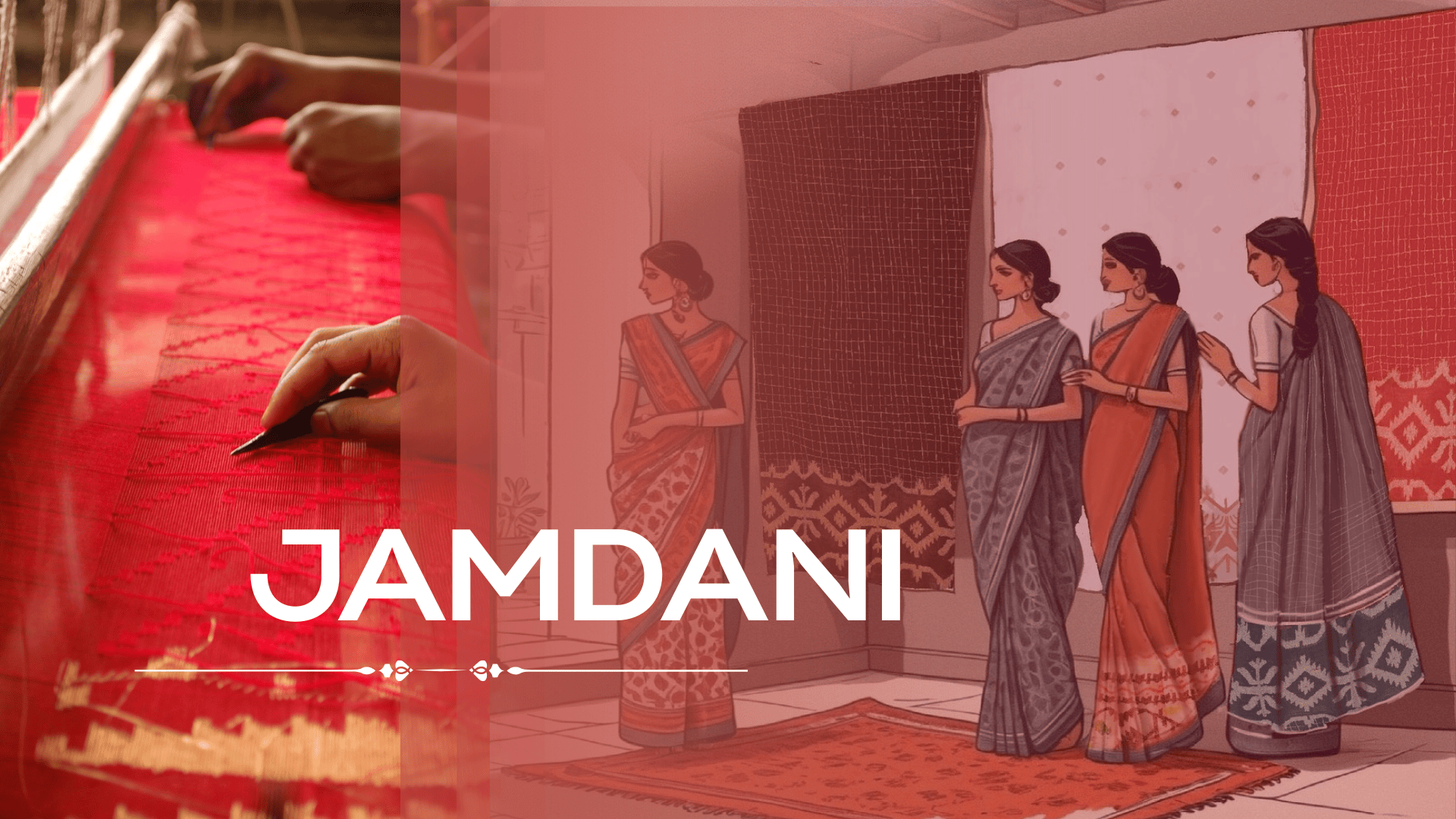
jamdani magic: why this weave is unesco-recognized as cultural heritage
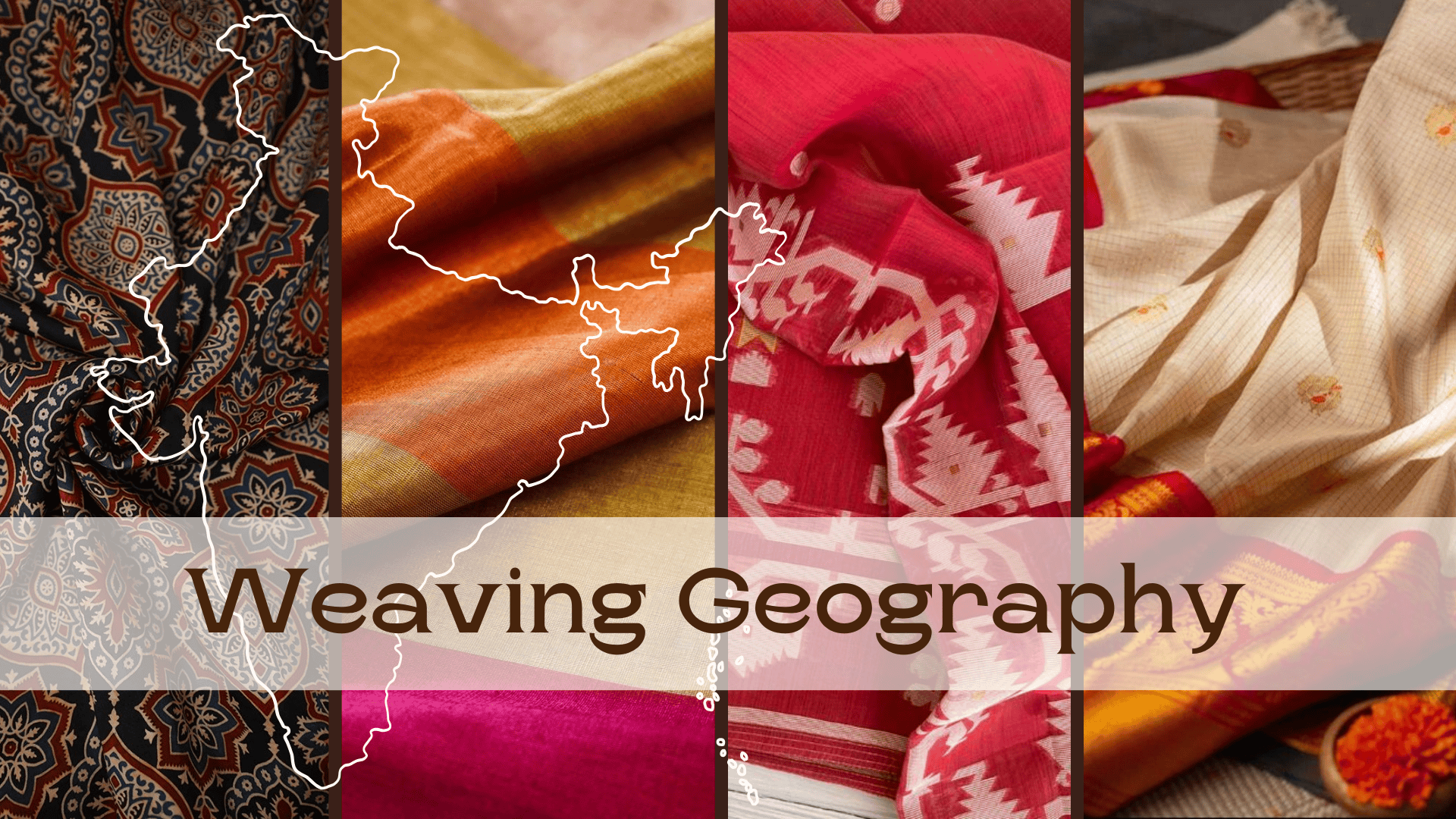
weaving geography: which district is known for which handloom fabrics
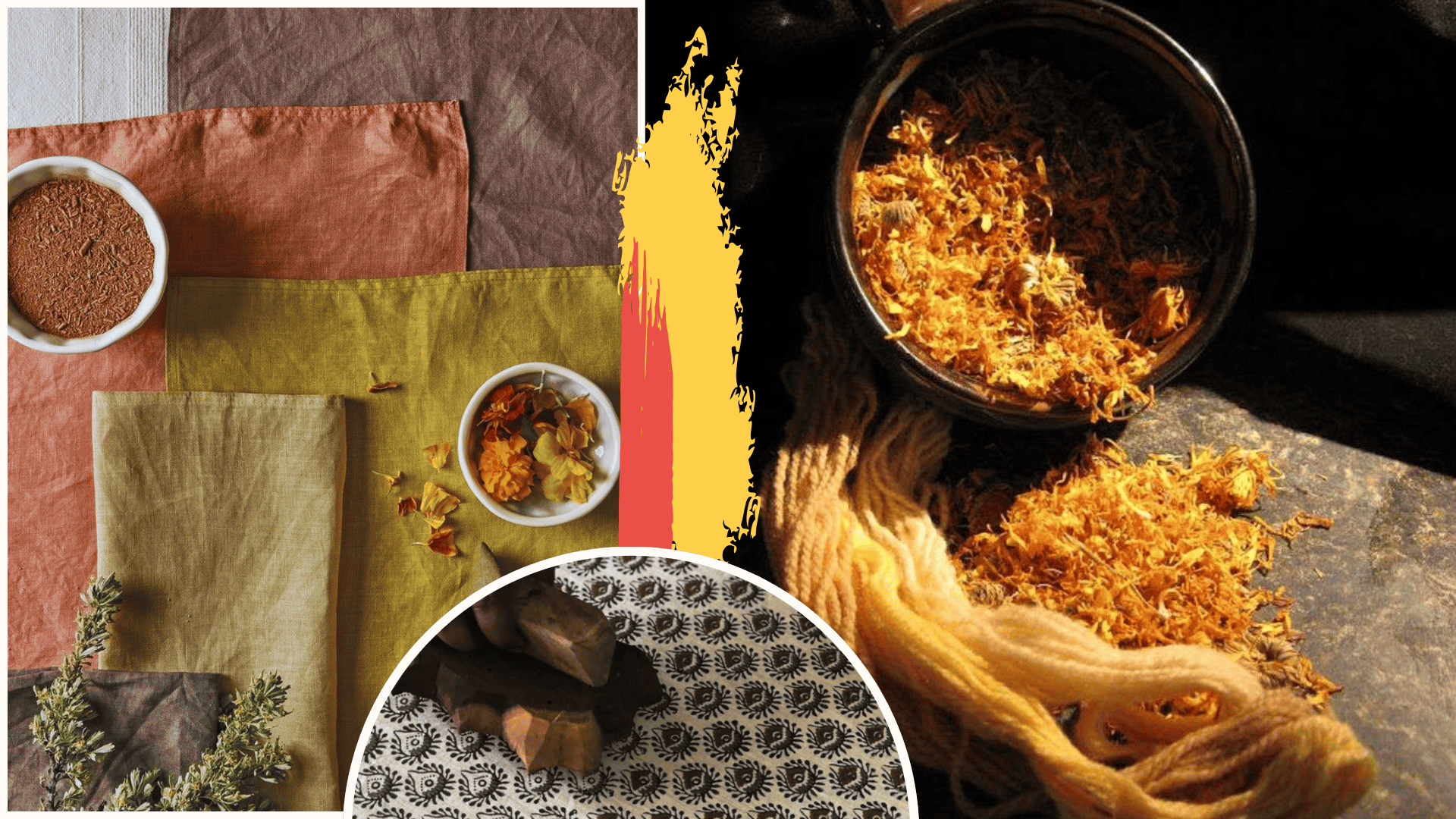
the ultimate guide to naturally dyed and block printing textiles
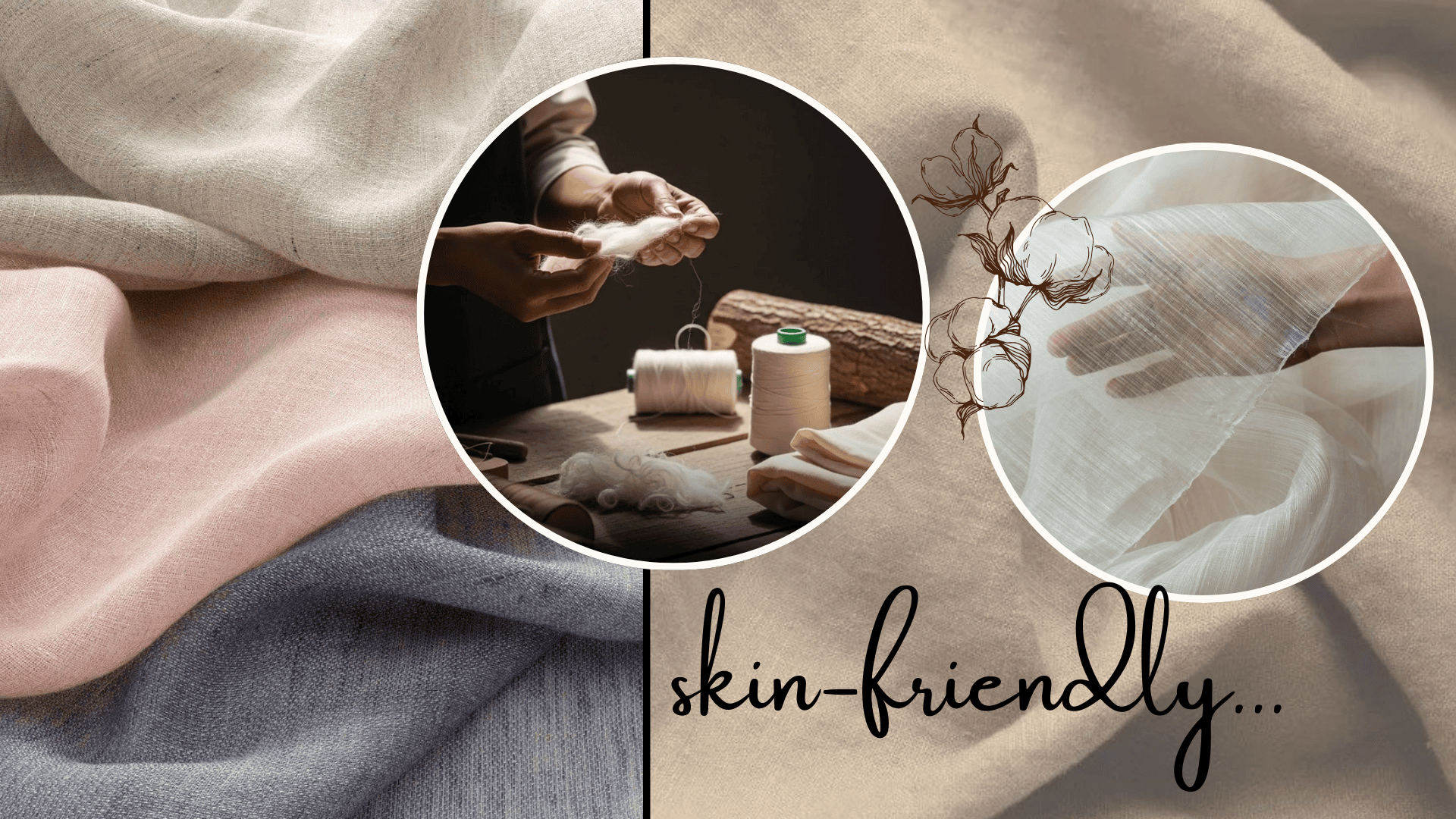
why skin-friendly textiles are the next luxury in fashion
